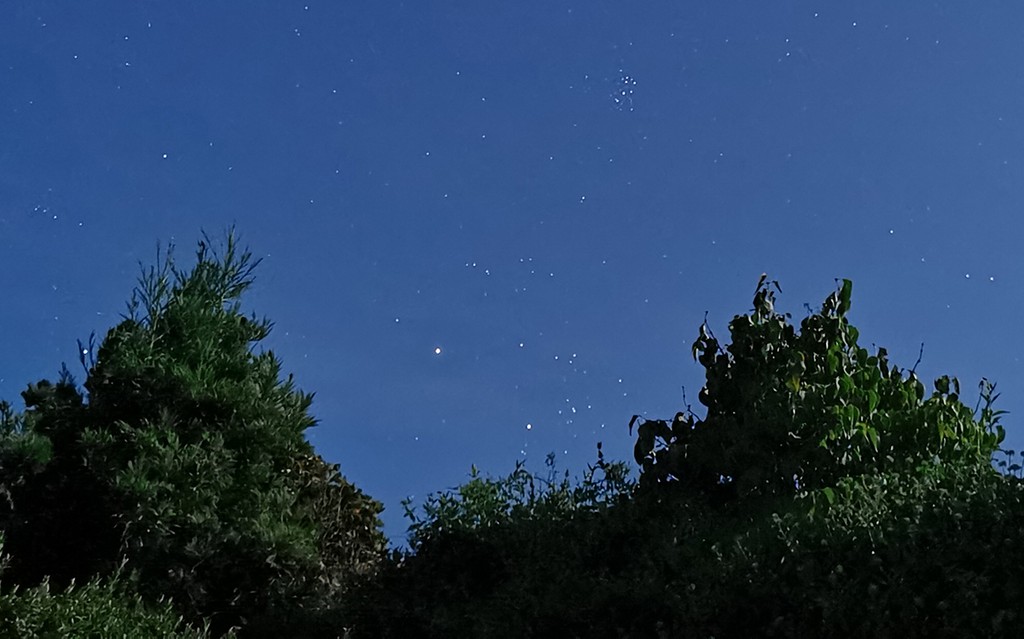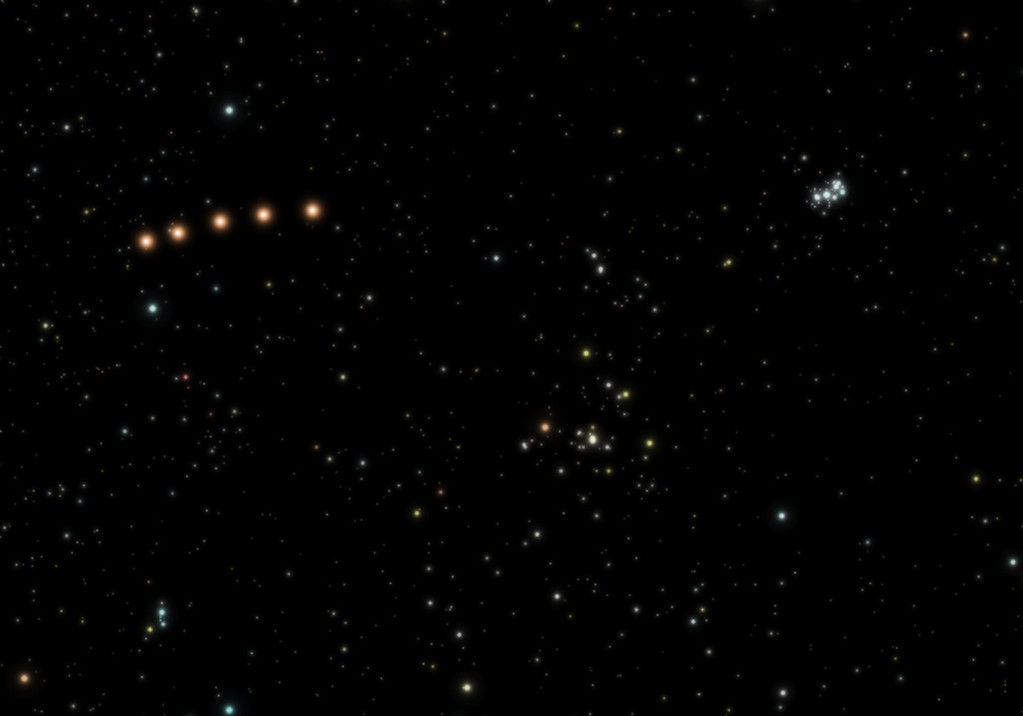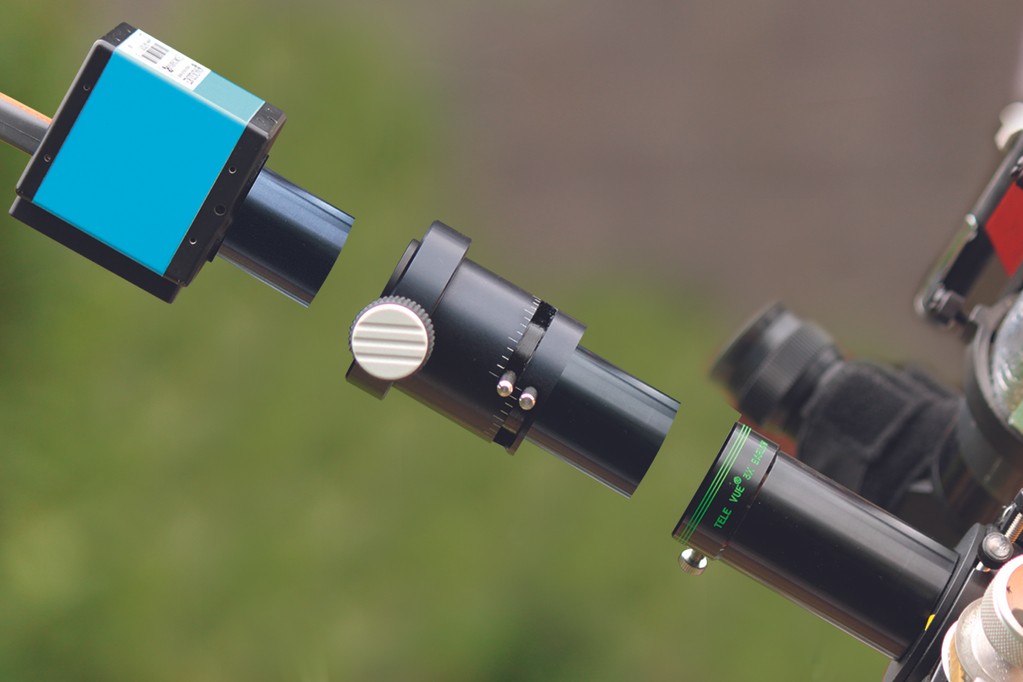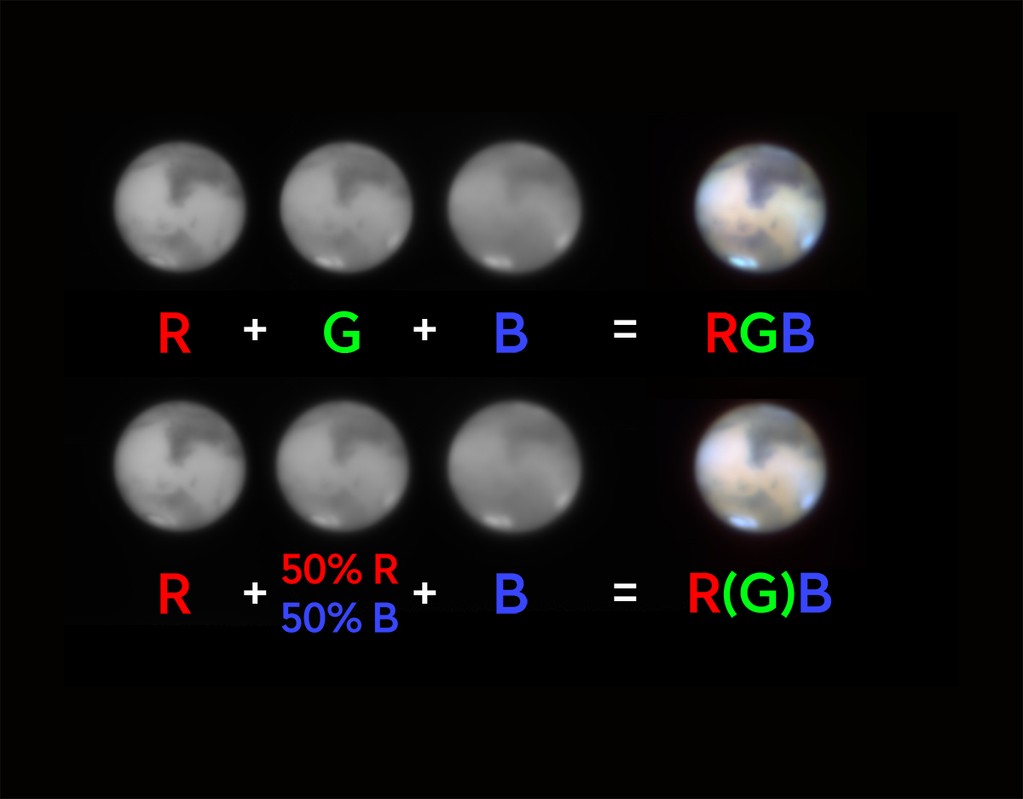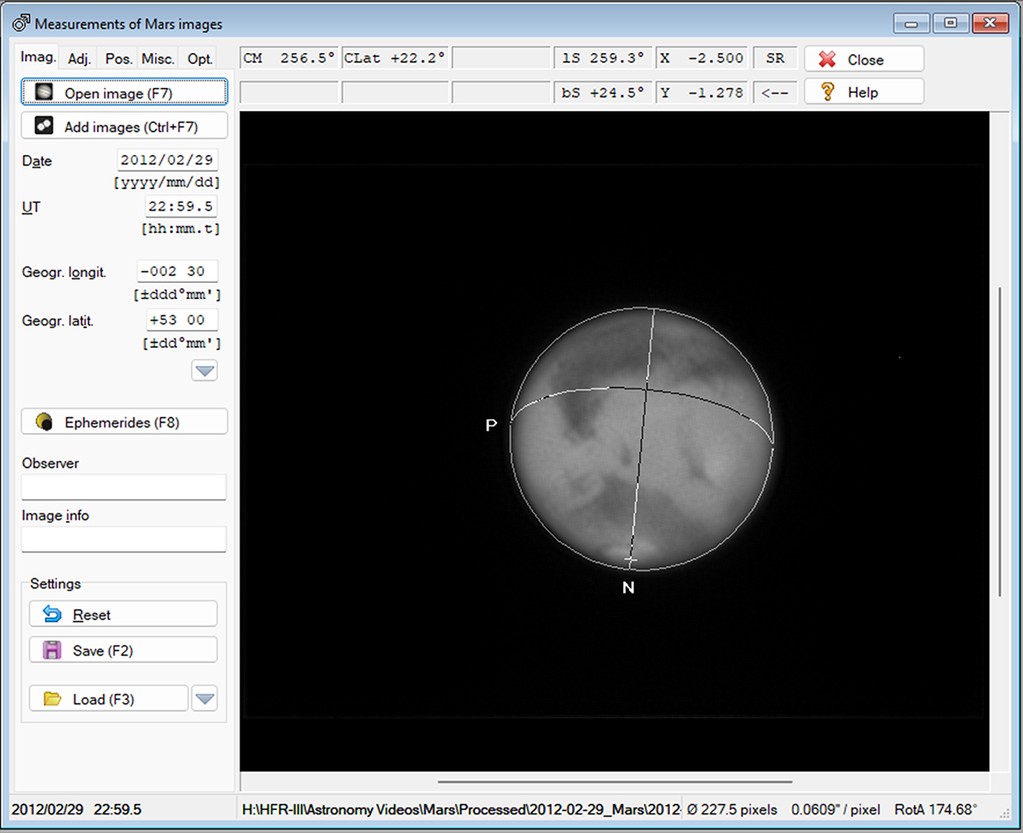The Excitement of Mars Approaching Opposition on 8 December
The anticipation is building as Mars gets closer to opposition on 8 December. Mars oppositions are a significant and highly anticipated event in the astronomical community. This article explores the concept of opposition, the impact it has on the appearance of planets, and provides detailed information on photographing Mars during opposition.
The Definition of Opposition
Opposition is a term used to describe the position of a planet in the sky when it is on the opposite side of the Sun as seen from Earth. Geometrically, this means that we are closer to a planet at opposition than at any other time. While this difference in proximity is not significant for more distant worlds, it has a noticeable impact on their appearance.
One exception to this is Saturn, which exhibits the “opposition effect.” This phenomenon causes Saturn’s rings to glow brighter at opposition compared to other times. However, the difference in appearance during opposition is especially striking for Mars, as it is a nearer world.
When Are Mars Oppositions?
Mars oppositions occur approximately every 2.1 years. At the most favorable oppositions, Mars appears to have an apparent diameter of over 20 arcseconds. This increase in size is visible even to the naked eye, as Mars brightens impressively around opposition.
Less favorable oppositions may present Mars with an apparent diameter in the low-teens. However, the 2022 Mars opposition promises a maximum apparent diameter of 17.2 arcseconds on 1 December when Mars is closest to Earth. During this time, it will shine with a magnitude of -1.8.
Photographing Mars at Opposition
Smartphone
Mars, with its impressive orange-hued, star-like dot, can be easily photographed using a modern smartphone. Even if the smartphone camera doesn’t pick up many surrounding stars, it is still capable of capturing the planet. A good strategy for smartphone photography is to catch Mars low in the sky, including foreground objects to provide context. Additionally, a bright Moon can be incorporated into the shot to create a winning composition. Specific dates to capture Mars and the Moon together are on 10 and 11 November and the nights of 7 and 8 December. Mark your calendars!
On 8 December, a rare event will occur as Mars is occulted by the Moon. This means that Mars will be hidden by the Moon, providing an opportunity for photographers to capture some real Moon-Mars drama. To witness this stunning event, it is advised to extend the evening session on 7 December into the early hours of the following morning. Detailed instructions on how to photograph the night sky with a smartphone can be found in our guide.
DSLR Camera
If you own a DSLR or equivalent camera with a mid- to wide-angle lens, you can capture breathtaking shots of Mars during opposition. Mars is currently moving slowly through the Taurus constellation, which offers an array of interesting features to include in your composition. Using a mid-angle lens will allow you to capture Mars along with the stars surrounding it. This includes the captivating Pleiades and Hyades open clusters, as well as the bright Aldebaran, which conveniently appears orange for comparison.
If you want to expand the sky coverage in your image, consider using a wide-angle lens to incorporate the Orion constellation. To ensure sharp images, it is recommended to use a fixed tripod. However, for better image quality and longer exposure times, a tracking mount is highly advantageous. This allows for reduced ISO sensitivity, resulting in improved color tones and less noise in your images. Moreover, a tracking mount reveals more stars and nebulosity, particularly when capturing images from a dark-sky site. Ensure accurate focusing and stable seeing conditions for the best results.
Photographing Mars at Opposition: Step-by-step Guide
Equipment
- Camera
- Fixed or tracking mount
If using a smartphone, Mars will appear as a small dot in your photos. To capture Mars effectively, wait until shortly after it rises or before it sets. Including foreground objects in the frame adds drama to your composition. You can also include the Moon in your shot if it happens to be nearby. To stabilize your smartphone, a cheap tripod phone holder can greatly assist with image stability. You can use the volume control on a headphone lead as a remote shutter release for many phone models.
For DSLR or equivalent cameras, there are numerous possibilities. As Mars moves through the Taurus constellation, a rich and diverse celestial scene unfolds. Strong patterns and two large, bright, naked-eye open clusters, the Pleiades and Hyades, provide ideal focal points. Frame your shot to include these clusters, and you will capture a stunning image. A tracking mount is essential for utilizing a lower ISO and allowing longer exposures that preserve tonal colors.
To create a series of Mars images over several nights, aim to maintain consistent framing and settings. Load each image into a layer-based editor, with each image occupying a separate layer. Align the shots based on the position of the stars. Set the blend mode of all the layers, except the base layer, to lighten so that Mars appears to move through the Taurus constellation.
For larger scopes, a high-frame-rate camera can be used to image Mars’ surface. Alternatively, a one-shot color camera is suitable when Mars is highest in the sky. If Mars is lower in the sky, you may need to use an atmospheric dispersion corrector to remove color fringing. To avoid motion blur caused by Mars’ rotation, limit the capture time to below 90 seconds. Using IR/UV blocking filters will prevent infrared bleed in your images.
For high-contrast results, a mono high-frame-rate camera with an infrared (IR) pass filter is recommended. To capture full RGB color, use red (R), green (G), and blue (B) filters, ensuring that the entire sequence capture time remains below 90 seconds. Synthesizing the green (G) channel using a 50:50 mix of the red (R) and blue (B) channels may enhance your images. Accurate focus and steady seeing conditions are crucial for obtaining the best possible results. By utilizing a stacking program like AutoStakkert!, you can process and enhance your images further. Graphics editors, such as WinJupos, offer advanced measurement and derotation options, which can be beneficial for post-processing.
By following these steps and using the recommended equipment, you will be able to capture stunning images of Mars at its opposition. Don’t miss the opportunity to witness this remarkable astronomical event!
Conclusion
The approaching opposition of Mars on 8 December is generating excitement among astronomers and photography enthusiasts alike. Oppositions provide a unique opportunity to observe and photograph Mars at its best. Understanding the concept of opposition, its impact on planetary appearance, and the best techniques for photographing Mars during opposition will enhance your experience and enable you to capture breathtaking images of the Red Planet. Enjoy the beauty and wonder of Mars at opposition!
The article is compiled and compiled by tipcamera.com






